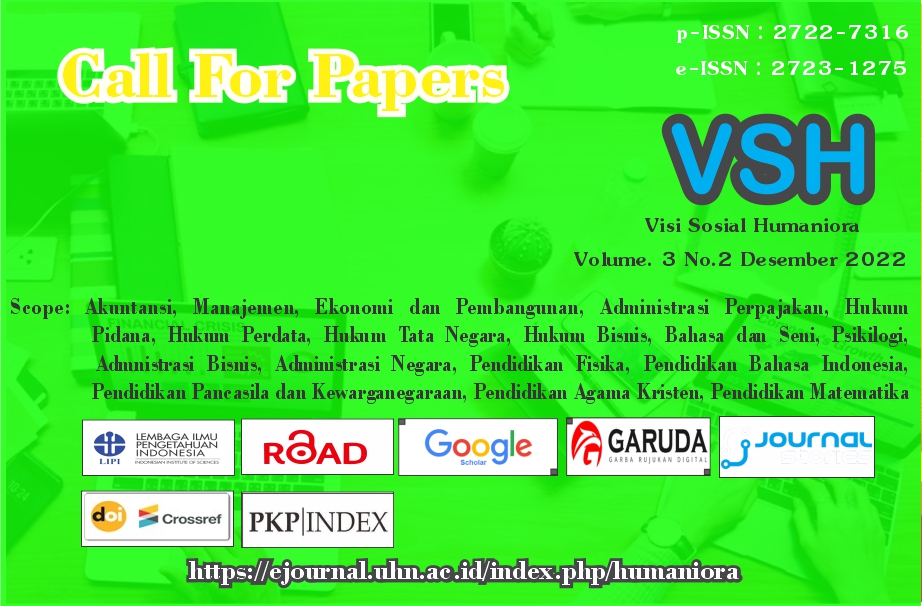Perlindungan Hukum Terhadap Konsumen Dalam Penetapan Harga Ikan Teri (Studi Pada Pasar Sambu)
DOI:
https://doi.org/10.51622/vsh.v2i1.602Keywords:
Consumer, , Direct Evidence, , Fair Business CompetitionAbstract
In today's business world, in fact many agreements and business activities are found that contain elements that are unfair to parties whose economic or social status is weaker under the pretext of maintaining fair business competition. state intervention is required through the establishment of a legal protection system for consumers. The problems studied are how the action of determining the price of anchovy is carried out by business actors to consumers and how is the legal protection for consumers against setting the price of anchovy (a case study on the sambu market). The research method used is a normative juridical research method and is supported by primary data. Indirect evidence that occurs in the sambu market carried out by anchovy business actors and anchovy competitor business actors occurs indirectly with communication that indirectly states an agreement. KPPU does not supervise the sambu market because there is no direct evidence. Agreements between anchovy business actors are carried out separately and at different times and there is no evidence that there have been direct or indirect meetings or discussions by business actors. There are 2 (two) forms of legal protection, namely, preventive legal protection with socialization which aims to create consumers and business actors who are smart and aware of their rights and obligations, and repressive legal protection by resolving disputes that occur with sanctions in the form of fines or settlements. in general court.
Downloads
Published
How to Cite
Issue
Section
Copyright (c) 2021 Visi Sosial Humaniora

This work is licensed under a Creative Commons Attribution 4.0 International License.












